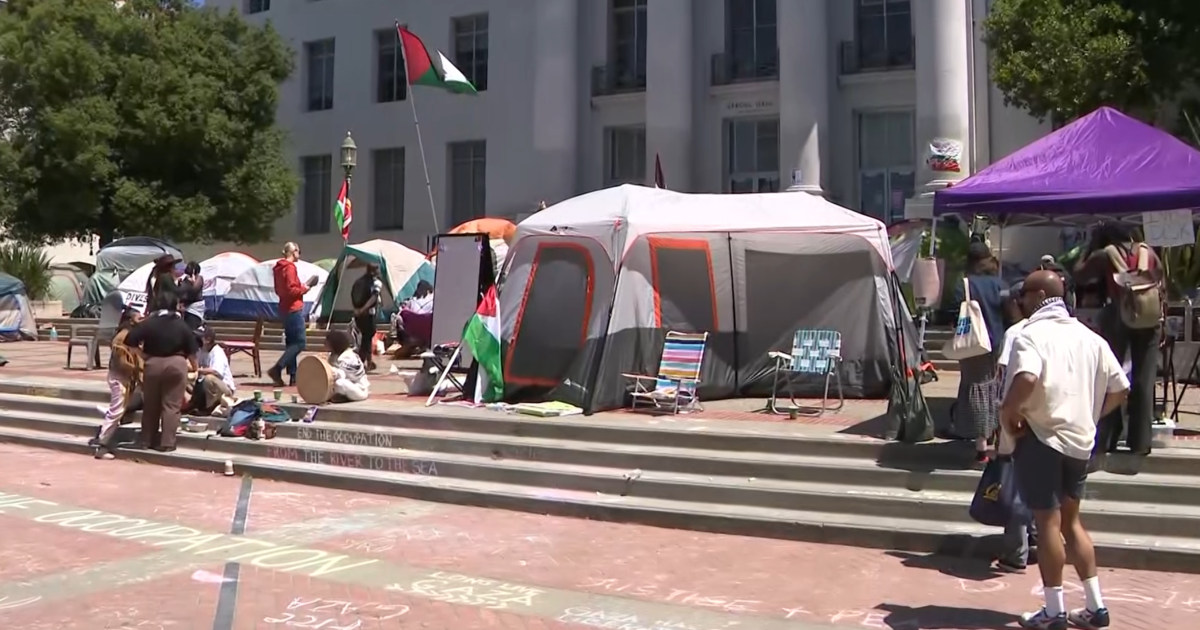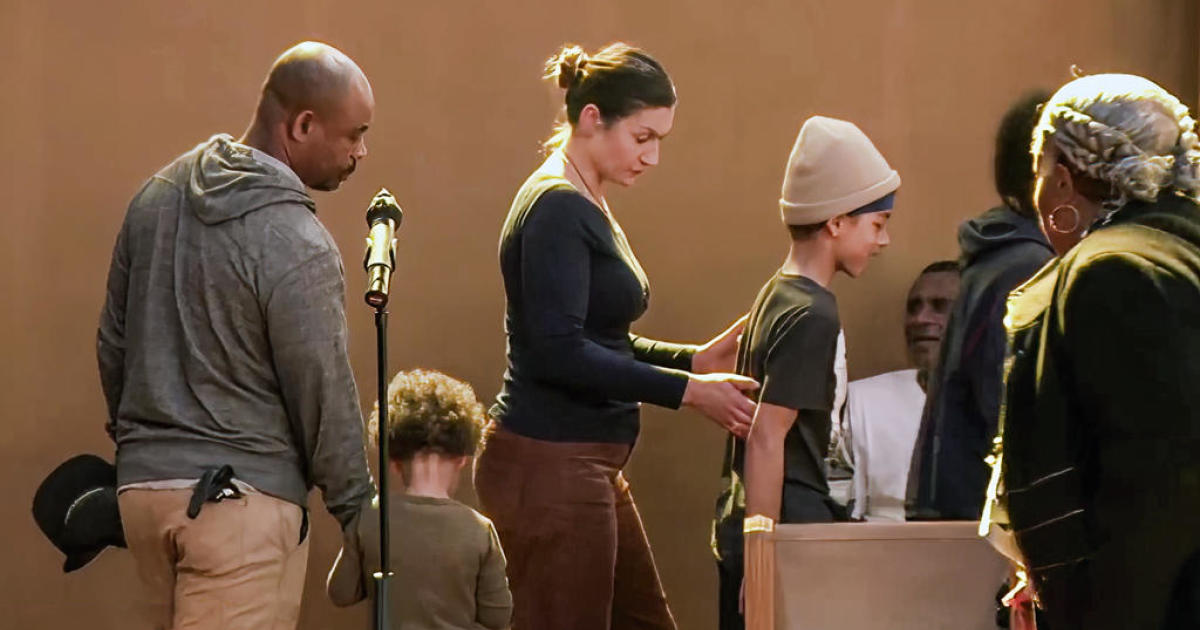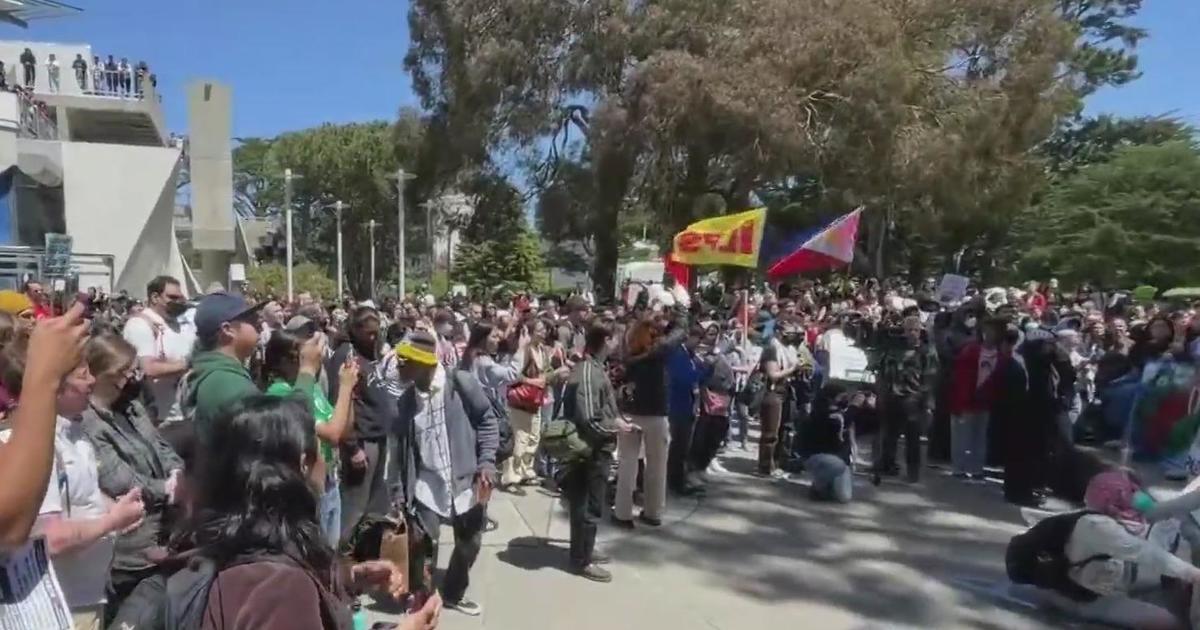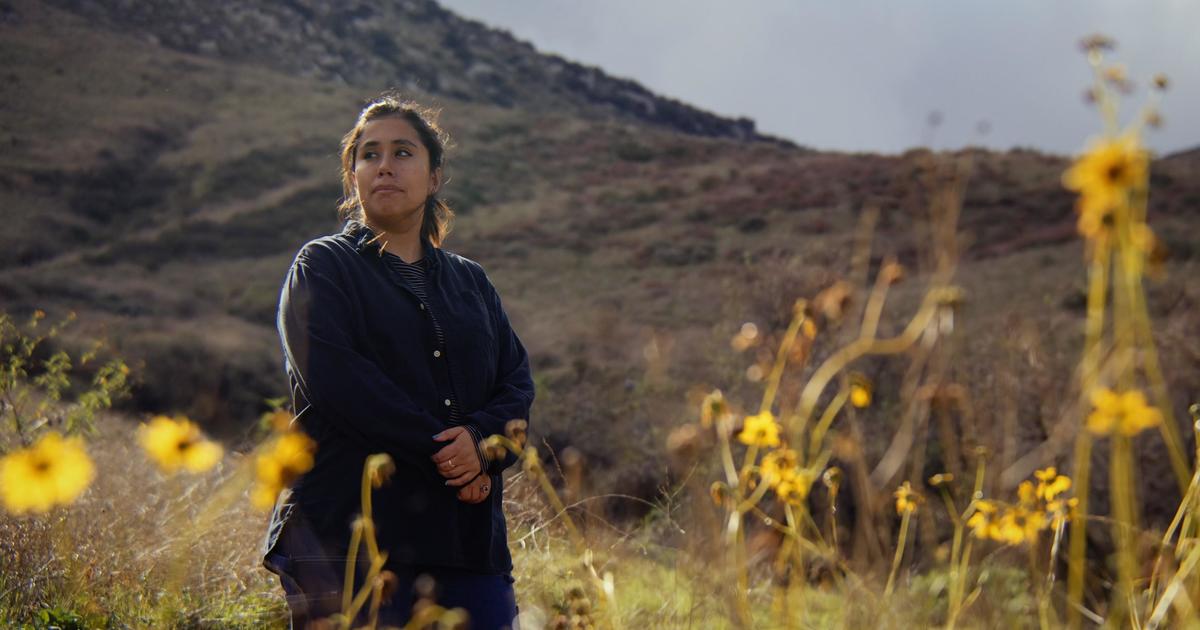John Carlos, Tommy Smith Legacy Reverberates 53 Years After Olympic Protest For Racial Justice
SAN JOSE (CBS SF) -- It has been 53 years since Olympic medalists Tommie Smith and John Carlos raised their black-gloved fists in the air on the podium for racial justice and human rights.
What was a peaceful and silent protest sent shock waves through the world -- forcing many to confront injustices and racism that exists in their communities. The impact of the gesture still reverberates, especially in San Jose, where the track stars attended San Jose State University.
But their iconic protest at the 1968 Olympics in Mexico City was an unwelcomed and ignored move for decades, even at home, until SJSU students organized and paid for a statue of them to be placed in the middle of campus in 2005.
On Tuesday, students, faculty and alumni gathered in front of that statue to honor Smith and Carlos' legacy, which not only shed light on the plight of Black Americans, but also influenced a myriad of social justice movements on and off campus. The gathering at the statue has become an annual celebration since it was unveiled.
"If you were to ask the alumni and students today about their activism, they will always point you back to the Smith and Carlos statues," said Dianna Victa, director of the Cesar Chavez Community Action Center and a university alumna.
Victa was one of two students who successfully organized protests and rallied the university to re-establish the Equal Opportunity Program in 2008, which provides support for first-generation students.
"At the time, there was only two students that were signed up to help ... so we didn't think anything would happen," Victa said. "But these two people behind me (Smith and Carlos) symbolize that it just takes two people to make social change."
The movement to bring back the EOP program was one of many student movements that drew from Smith and Carlos, said Scott Myers-Lipton, a sociology professor and advisory board member of the Human Rights Institute at SJSU. He draws from nearly three decades of teaching at SJSU, where he helped students like Victa organize their movements.
Myers-Lipton said the while the Bay Area has been a hub of social movements, "San Jose State has been a real driver of change in this community."
On Tuesday, he unveiled a booklet he wrote with the Human Rights Institute about 10 social justice movements born at the university, like the Smith and Carlos protest discussed in Chapter 4.
"The institute hopes that the SJSU faculty and staff will use the booklet to educate our students about this justice legacy which runs throughout our entire campus history," Myers-Lipton said.
He detailed SJSU's unfortunate complicity with the Japanese internment camps, where 6,000 residents of Japanese descent were processed through a campus gym for internment during World War II; the first Earth Day celebration born at SJSU in 1971; a walkout from the 1968 Chicano Commencement and a movement spearheaded by a SJSU student that led to the largest minimum wage increase in the nation's history in 2011.
The woman responsible for the minimum wage change was Elisha St. Laurent, who was a single mom at the time. St. Laurent was one of many speakers who reflected on Smith and Carlos' legacy and its relevance to the current struggle for racial justice.
For St. Laurent, economic justice is also racial justice.
"It is our human right for us to have what we need to survive here in Silicon Valley and in the United States," St. Laurent said.
Other speakers included Robert Griffin, an SJSU alumnus and a teammate of Smith and Carlos during the "Speed City" era and Akilah Carter-Francique, an associate professor in the Department of African American Studies and executive director of the Institute for the Study of Sport, Society and Social Change.
Both contextualized the time in which Smith and Carlos' protest took place -- only four years after the Civil Rights Act was passed.
In San Jose, racism did not exist like it did in the South, for example, but it was still alive and well.
"We were confronted with overt racism, without in-your-face racism," Griffin said.
Black students couldn't find housing because landlords refused to rent to Black people and students lived together to protect them from any potential violence, Griffin continued.
"What we knew we had to do, because it was a common factor among all the Black athletes that were here, we had to decide how is it that we're going to deal with this (racism) collectively, because protesting that particular action wasn't gonna do any good," Griffin said.
Many Black athletes even considered not participating in the Olympics to protest the inequality and racism in the U.S. but ultimately chose to highlight their Black excellence, the Speed City track star continued.
"Tommy and John did something that is consistent with the time in that they took a nonviolent approach to protest," Griffin said.
"They weren't going to be given an opportunity to speak to that issue, so they had to do something visually that represented their concerns, their issues and demonstrated their, their opposition to racism."
Griffin said he was proud when he watched them on TV, but "I was also aware of what that was going to do for the rest of their life."
After winning the Olympic Gold medal in the 200-meter sprint, Smith struggled to find housing or a job. In fact, he worked at a carwash.
Griffin said the pair was also often followed by the FBI because their protest was considered anti-American.
"That's a story that still needs to be told," Griffin said. "How they've been treated, what had happened to them, and how they in fact they had been primarily ignored for a number of years and resented for this... people don't fully understand exactly what they went through and how it relates to their life right now."
And it's especially important now as the country continues to tackle its institutional and systemic racism, Griffin continued.
"It's at the surface diverse but it's still racist and all the -isms are still at play," Griffin said. "That's clear in the inequities in employment, education, housing, food insecurity."
Carter-Francique said coming out of the pandemic only exacerbated those divides and made them clearer.
"So, this is a time to, yes, remember the efforts of Smith and Carlos," Carter-Francique said. "But it's also opportunity again (for students) to step into those shoes, step on to that podium, raise their fist, amplify their voice and really promote change."
The booklet is called "Racial and Social Justice at San Jose State University: Students Respond with Social Action," and is available on the Human Rights Institute website, www.sjsu.edu/hri.
It is a living document where students, staff and alumni can submit additional chapters to highlight other social movements that occurred on campus as well.
© Copyright 2021 CBS Broadcasting Inc. and Bay City News Service. All Rights Reserved. This material may not be published, broadcast, rewritten or redistributed.




